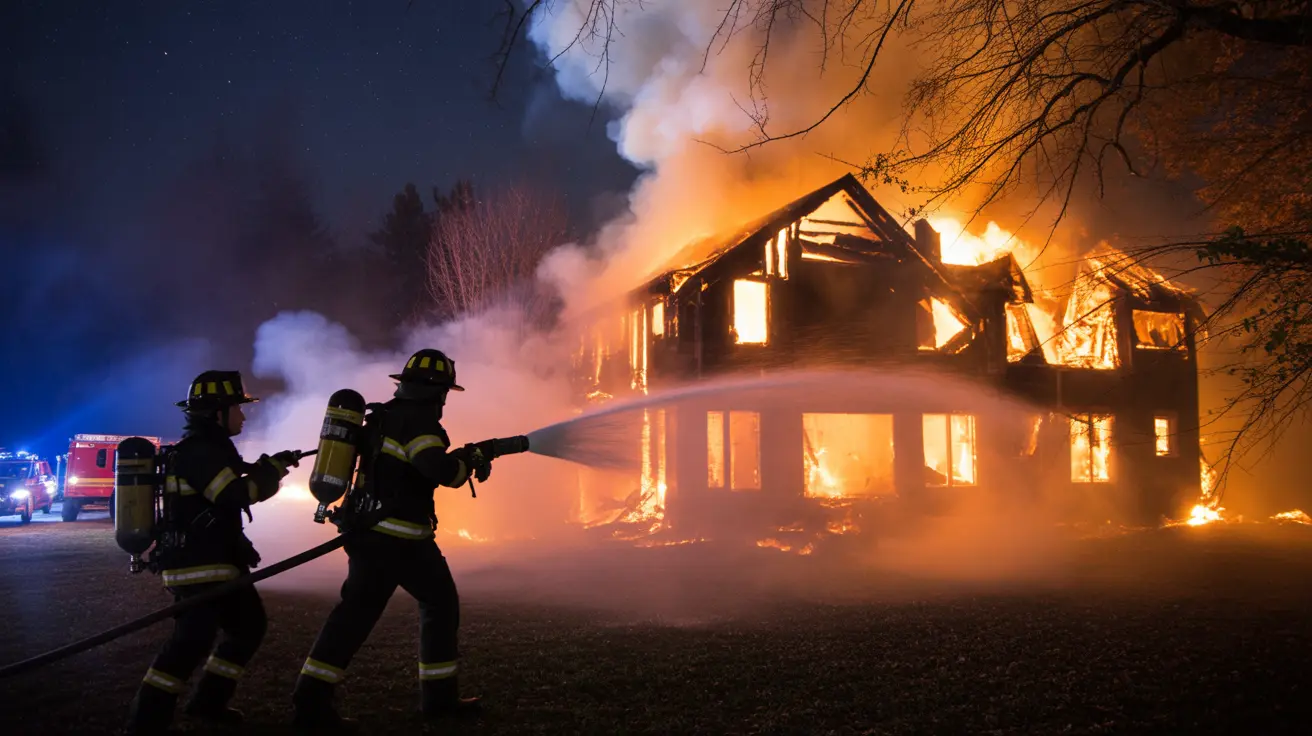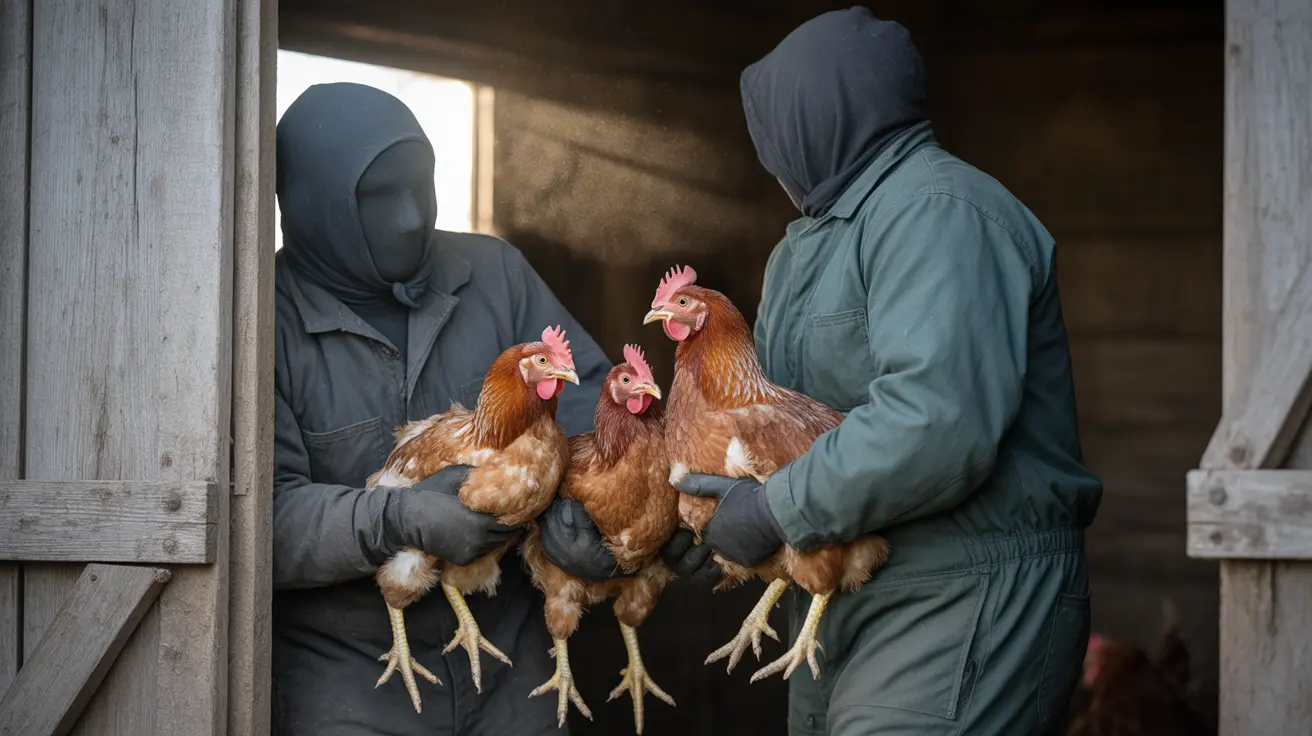Should You Provide Heating for Your Dog at Night?
As responsible pet owners, we always want to ensure our beloved furry friends are safe, comfortable, and healthy. One common concern is whether dogs need heating during the night. The answer isn't a simple yes or no—it depends on several factors including your dog's breed, age, size, health, coat type, and your home's nighttime temperature.
Understanding a Dog’s Tolerance to Cold
Dogs vary widely in how well they tolerate cold temperatures. Some breeds, like Huskies or Malamutes, are naturally equipped for frigid weather, while others, especially small or short-haired breeds like Chihuahuas or Greyhounds, may struggle in cooler environments.
- Coat type: Thick, double-coated breeds retain body heat better than short-haired or hairless breeds.
- Size: Smaller dogs lose body heat more quickly than larger ones.
- Age and health: Puppies, senior dogs, and those with health issues often require more warmth.
Indoor Temperature Guidelines
Generally, if your indoor temperature drops below 60°F (15°C) at night, you might consider adding some form of heating for your dog:
- Use dog-safe heated beds or pads with automatic shutoff features.
- Dress small or short-haired dogs in cozy dog pajamas or sweaters if necessary.
- Ensure your dog’s sleeping area is draft-free and dry.
Most healthy adult dogs can tolerate temperatures around 65-72°F (18-22°C) without issue, especially if they have access to warm bedding and are kept free from drafts.
Signs Your Dog May Be Too Cold
It’s important to watch for signs that your dog may be uncomfortable or too cold at night. These include:
- Shivering or shaking
- Whining or restlessness
- Curling into a tight ball
- Seeking warmth, such as snuggling under blankets
- Cold ears or paws
Breed-Specific Considerations
Some dogs are more sensitive to cold than others. For example:
- Short-haired breeds like Boxers or Dalmatians may require extra warmth even in mild weather.
- Toy breeds such as Yorkshire Terriers or Pomeranians are especially vulnerable due to their small size.
- Senior dogs often suffer from arthritis and benefit from warm sleeping environments.
Safe Ways to Keep Your Dog Warm at Night
If you decide your dog does need some heating assistance, here are safe and effective options:
- Heated pet beds: These are designed to maintain a gentle warmth and usually have safety certifications.
- Microwavable heating pads: These offer temporary warmth for several hours without electricity.
- Warm bedding: Use blankets, rugs, or foam pads with insulating properties.
- Elevated beds: Keeping your dog off the cold floor can help preserve body heat.
When Outdoor Dogs Need Shelter and Heat
If your dog sleeps outdoors, it's crucial to provide a weatherproof, insulated shelter. In colder climates, heating may become a necessity:
- Install a safe heat lamp or heated pad designed for outdoor use.
- Insulate the floor and walls of the dog house.
- Keep the doorway covered to block the wind.
Never use standard human space heaters or electric blankets, as they pose severe fire and injury risks to pets.
Conclusion
Your dog’s comfort and health should determine whether heating is needed at night. Assess their breed, age, health, and environment to make an informed decision. When in doubt, observing your dog’s behavior and consulting a veterinarian can help you provide the coziest, safest nighttime setup possible.





